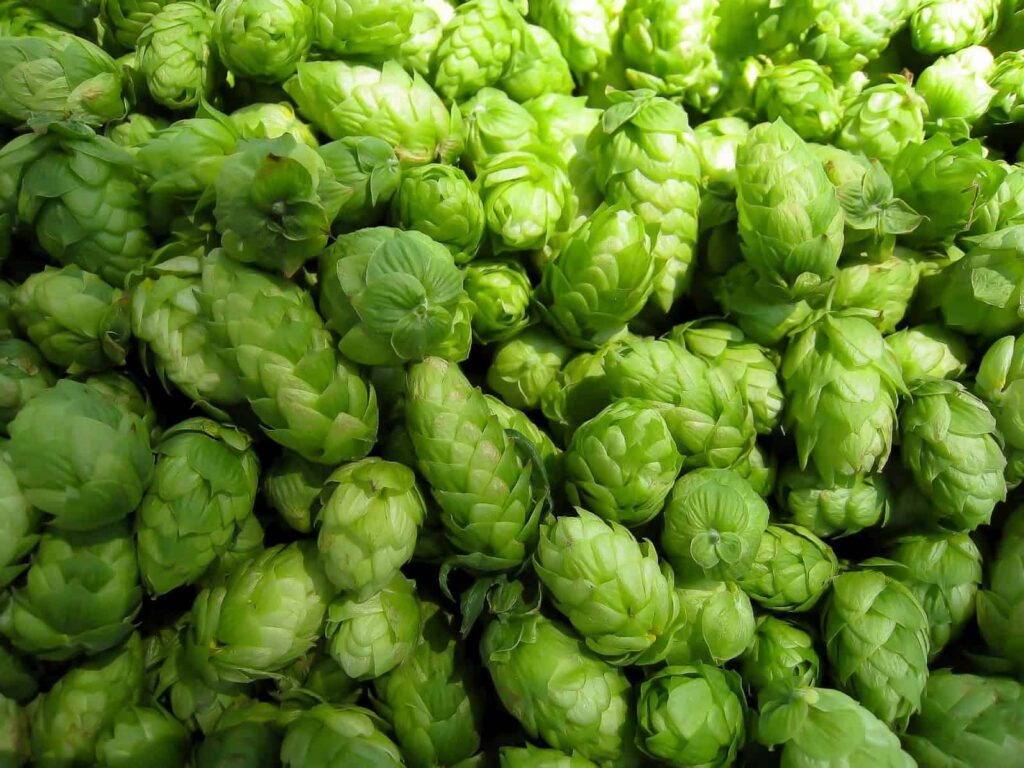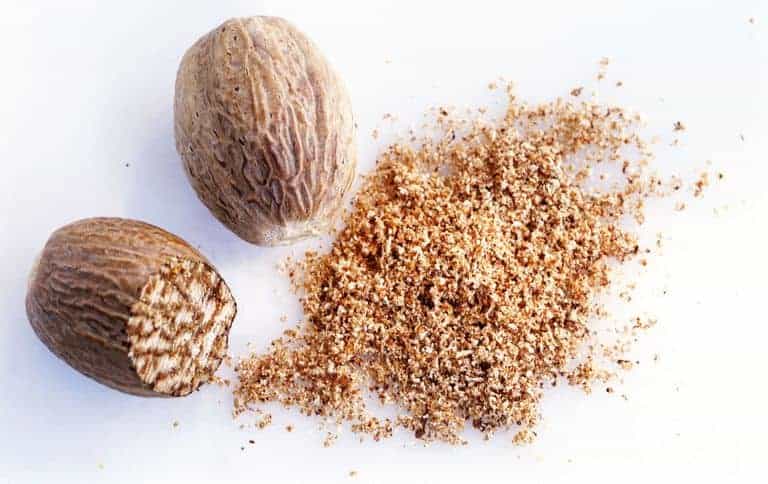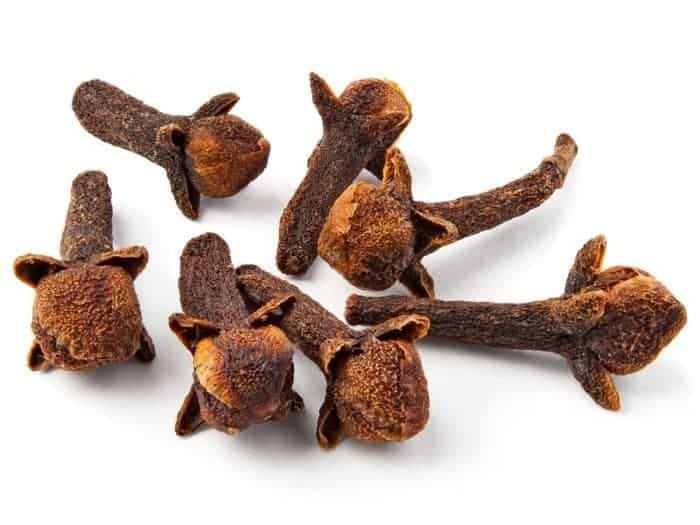In the world of cannabis science, few things are more exciting than our developing knowledge of the world of terpenes.
Terpenes can be found in the essential oils of all plants. In cannabis, they play a major role in how our bodies interact with particular strains. Terpenes give us a better understanding of how strains may interact with us individually and can allow us to better curate the experience we’re looking for. Most famously, terpenes are responsible for the way cannabis hits your nose. Those lemon, grape and fuel smells that denote world-class cannabis for many connoisseurs are actually variations in the concentration of particular terpenes from strain to strain!
Researchers have identified more than 140 terpenoids in cannabis that include terpenes and their variations, called diterpenes and sesquiterpenes. Of those 140 terpenoids, 17 have been found to be the most common in most cannabis strains.
Currently, we’re expanding our knowledge around the synergistic effects of cannabinoids and terpenes working together for maximum medical value. Recent research published in The Journal of Natural Products noted,
“In fact, there are several promising applications based on the combined use of cannabinoids and terpenes, such as new acne therapies utilizing CBD with the monoterpenes limonene, linalool, and pinene; new antiseptic agents with CBG and pinene; treatment of social anxiety disorder using CBD with limonene and linalool; and treatment of sleeping disorders by adding caryophyllene, linalool, and myrcene to 1:1 CBD/THC extracts.”
These are some of the most popular terpenes you will find in cannabis:

Pinene
One of the most common terpenes, pinene features a spicy forest smell and has been used by herbalists for centuries to relieve inflammation and asthmatic issues. While pinene is present in many different strains, the aroma is most pronounced in high-end OG Kush buds.
Pinene is also found in pine nuts, rosemary and sage.

Myrcene
When it comes to the Bay Area’s world-famous purple strains, the one thing they all have in common is a terpene profile heavy with myrcene. Many believe a combination of myrcene and cannabis high in THC provides some of the most full-bodied pain relief in all of cannabis. This is especially important for those moving away from heavier treatment regimes. It’s also helpful to remember that when you’re talking about the legendary “couch lock” that comes with certain types cannabis, you’re definitely talking about strains with heaps of myrcene.
Myrcene is also found in mangoes, hops, thyme and lemongrass.

Limonene
If you’re seeking something more upbeat, limonene is the terpene for you. Found in classic strains like Super Lemon Haze, which took home multiple Cannabis Cups in Amsterdam in the late 2000s, limonene is known for packing quite the cerebral pick-me-up to match its “bag of lemons” aroma. When limonene is the dominant terpene, strains tend to have a more fast-paced feel to them.
Limonene is also found in citrus peels.

Linalool
Linalool can be found in nature in things like lavender, coriander, and birch trees. Linalool is also commonly used as a natural sleep aid, but on its own isn’t overly drowsy. Its enjoyable aroma helps contribute to the smell of popular new strains like Zkittlez and Roze. Linalool’s anti-convulsant properties also pair well with CBD.
Linalool is also found in nutmeg, sage, ginger and spearmint.

Beta-caryophyllene
A true nose tickler, beta-caryophyllene is seen in pepper and a variety of other spices. Once you get past the spiciness, you’re looking at a lot of potential medical value. Beta-caryophyllene has been found to be effective in treating tumors, as well as possess anti-fungal and anti-bacterial properties.
Beta-caryophyllene is also found in cloves and black pepper.
Source
Giese, Matthew W., et al. “Method for the analysis of cannabinoids and terpenes in cannabis.” Journal of AOAC International 98.6 (2015): 1503-1522.
Aizpurua-Olaizola, Oier, et al. “Evolution of the cannabinoid and terpene content during the growth of Cannabis sativa plants from different chemotypes.” Journal of Natural Products 79.2 (2016): 324-331.
